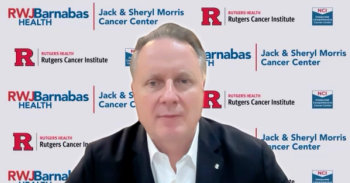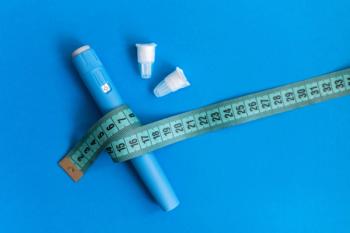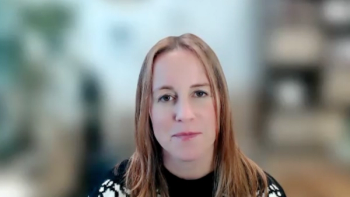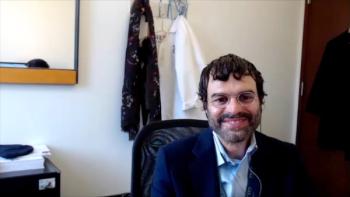
Stem Cell Transplant Remains Cost-Effective Option for MM: Mansi Shah, MD

Mansi Shah, MD, discusses the role of stem cell transplant in multiple myeloma (MM) and the logistical barriers to wider adoption of bispecific therapies.
While chimeric antigen receptor (CAR) T-cell therapy, bispecific antibodies, and other novel therapies are transforming
At a recent
This transcript has been lightly edited; captions were auto-generated.
Transcript
How has the role of stem cell transplantation evolved with the emergence of novel therapies such as CAR T and bispecifics in multiple myeloma?
The stem cell transplant, it's been almost 40 years for multiple myeloma that it has been around, and there have been multiple trials trying to knock it out for first-line treatment. However, they haven't been able to, so I still think it's an important tool that we have in our toolbox to treat multiple myeloma. But the novel therapies are evolving, and I think as they get better, this role of stem cell transplant, particularly in patients who have good disease control, might become more and more unclear.
It's a very cost-effective therapy, especially if you look at how it compares to CAR T or other bispecifics and novel therapies. It's one and done, it's cheaper because it's been around for such a long period of time, and it's something that outside of the US and in low- [and] middle-income countries is the stronghold and the best treatment they have available for multiple myeloma. I think their role is still there, especially when it's given as outpatient in some institutions. It allows people to continue to stay at home, reduces the hospital's costs as well as system-wide costs, and I think it's going to take a therapy that gives people a cure to knock stem cell transplant out in the first-line setting.
What challenges are currently limiting the widespread adoption of bispecific therapies?
Right now, the uptake of bispecifics has still been a little bit slow in more rural settings or community settings because of the REMS [risk evaluation and mitigation strategy] and because of the cytokine release syndrome and the neurotoxicity potential during step-up dosing, which are the priming doses to mitigate this risk of cytokine release syndrome (CRS) and are typically recommended to be done inpatient in a hospital setting.
Because of that, that aspect has limited uptake in the larger community. So, yes, hopefully they become the preferred setting. I do think the way they are administered—at least in the beginning, when the highest risk of CRS is during the step-up dosing—needs to be changed, and we need to come up as a group [with] a consensus recommendation to deal with CRS. How do we prophylax or prevent CRS? And if it happens, what is our first-line option?
Right now, it's a little bit vague. There are recommendations, but even the package inserts for the FDA-approved bispecifics don't really have a clear delineation about what to use when for the management of CRS. And then, [for] someone who is not focused on multiple myeloma and not using bispecifics very frequently, it's very hard to keep up with what the subtle changes are and what the different criteria are for the management of CRS. I think as bispecifics get better, there are newer bispecifics in the pipeline; they're being studied, they're given less frequently, and that decreases the burden on the hospital system, on the physicians or nurse practitioners or PAs who are prescribing these medications, and also the outpatient and inpatient resources—nurses who are taking the phone calls or triage lines for the fevers or some of the side effects of those bispecifics.
They all have their own challenges. We just have more experience with autologous stem cell transplant. CAR T is relatively recent, and so are the bispecifics. But I think, as a community, as we start using more and more of these, we will come up with ways that will make the user experience more convenient and seamless.
Newsletter
Stay ahead of policy, cost, and value—subscribe to AJMC for expert insights at the intersection of clinical care and health economics.













































